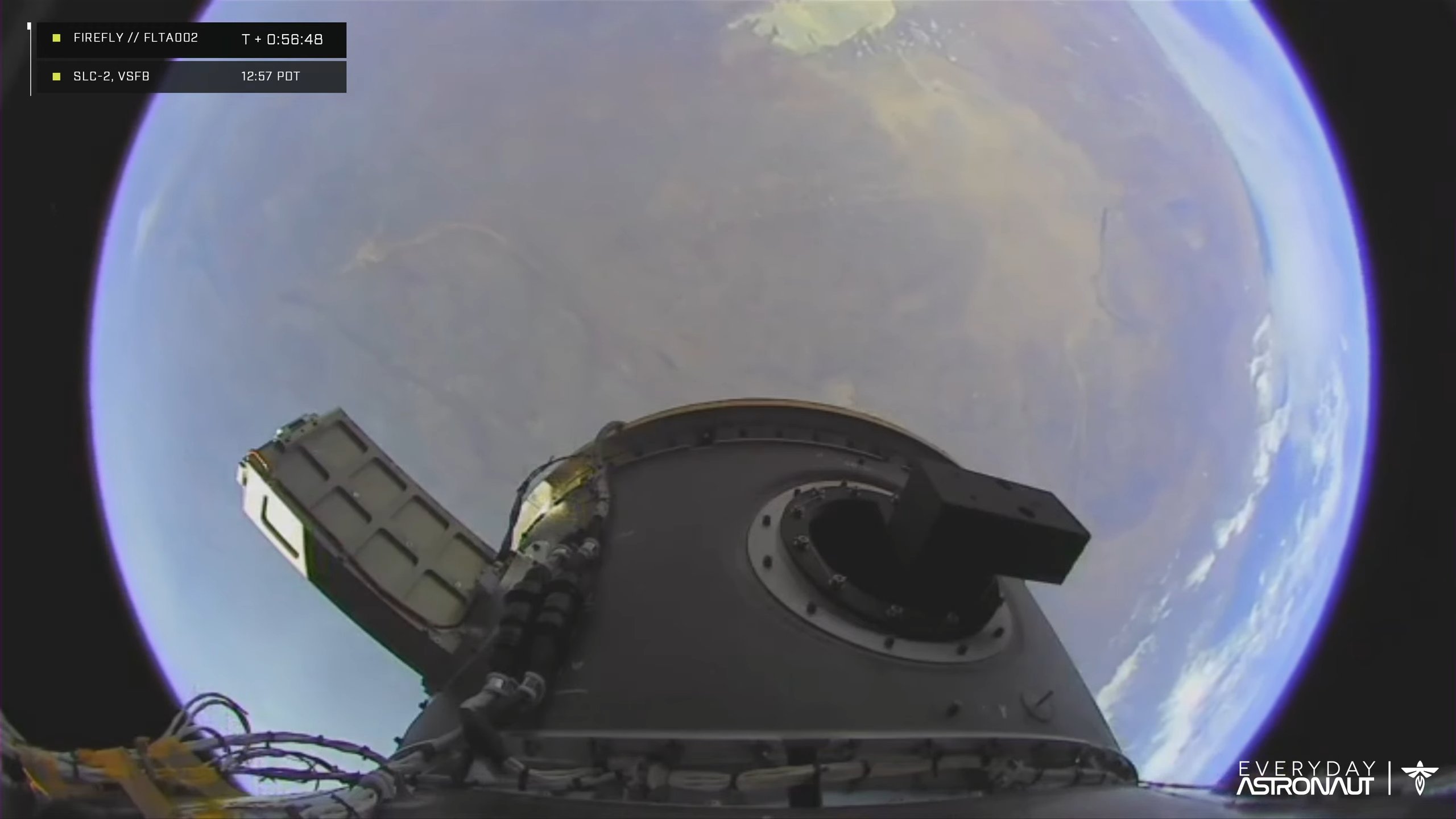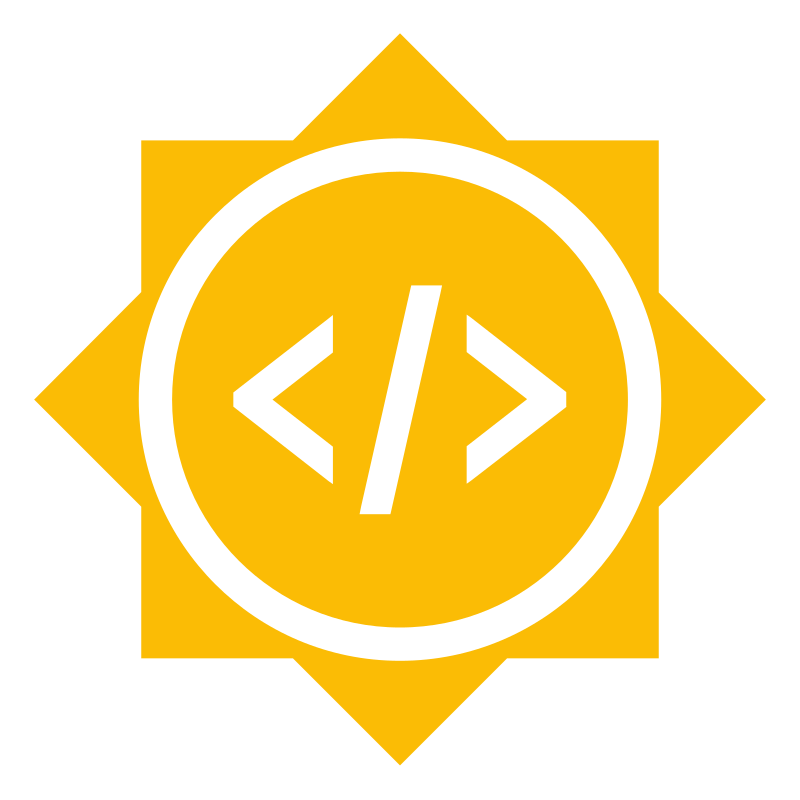Tag: satnogs

…And we are back in Space!
On the 1st of October 2022 and at 07:01 UTC, Libre Space Foundation’s QUBIK mission made it to space! Launched onboard Firefly Aerospace’s Alpha Flight 2, #ToTheBlack. With this mission, Libre Space Foundation (LSF) returned to Space! ..and this is the story of the QUBIK mission. Picking up the thread of the narration from the…

Google Summer of Code 2021: Announcing the three projects that will participate in the program with Libre Space Foundation
For the third year in a row, Libre Space Foundation is selected as a mentoring organisation for the Google Summer of Code program. The application period has now closed and the results are in!The three projects that will be participating in this iteration of the Google Summer of Code via Libre Space Foundation are the…
Libre Space Foundation selected as a mentor organization for Google Summer of Code
We are excited to share the news that Libre Space Foundation is selected as a mentoring organization for Google Summer of Code (aka GSoC) 2019! As a result of this selection Libre Space has summer opportunities for university students who are interested in working on open-source space technologies. Google Summer of Code is an annual…
FOSDEM 2019 Report
The Libre Space Foundations team and contributors attended a snowy FOSDEM to promote Libre Space and to work together on the various LSF projects. Around 21 regular contributors spent a lot of time together working in the apartment the LSF team had booked and it was wonderful to see the community meeting in real life…